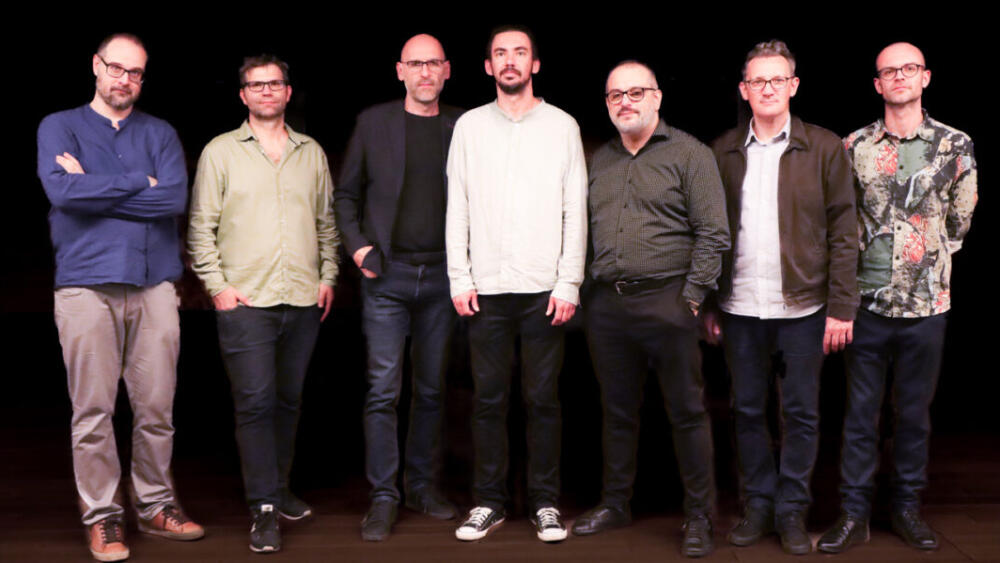
The leader of the Modern Art Orchestra: I see freedom as a responsibility as a player
“The big band setting is surprisingly flexible when the musicians are open-minded. That’s why we...
15. júla 2025
“The big band setting is surprisingly flexible when the musicians are open-minded. That’s why we can maintain a contemporary sound while staying within a traditional format.” Read the interview with Kornél Fekete-Kovács, artistic director of the Modern Art Orchestra.
The Modern Art Orchestra big band was founded in 2005. What path has the ensemble taken since its formation?
Since its foundation in 2005, the Modern Art Orchestra has followed a unique artistic path. Rather than imitating traditional models, we built our identity by experimenting with form, orchestration, and artistic concepts. Our focus has always been on long-term, concept-driven work. We’ve collaborated with contemporary composers, developed thematic concert series like Legendary Albums and Hungarian Legacy, and created interdisciplinary programs involving poetry and visual arts. Over the years, the MAO has become a platform for Hungarian composers and soloists to explore new ideas in a large ensemble format. This consistent, dedicated work is what defines our evolution.
To what extent is it important for a modern, innovative musician to know musical tradition?
Musical tradition is essential. Innovation without knowledge of tradition is often shallow. For a modern musician, understanding the roots of jazz-swing, blues, bebop, modal jazz, and beyond—is not just a matter of historical awareness; it’s a source of vocabulary and perspective. You have to know where you're coming from to know where you’re going. In our case, that includes not only jazz traditions but also Hungarian musical heritage.
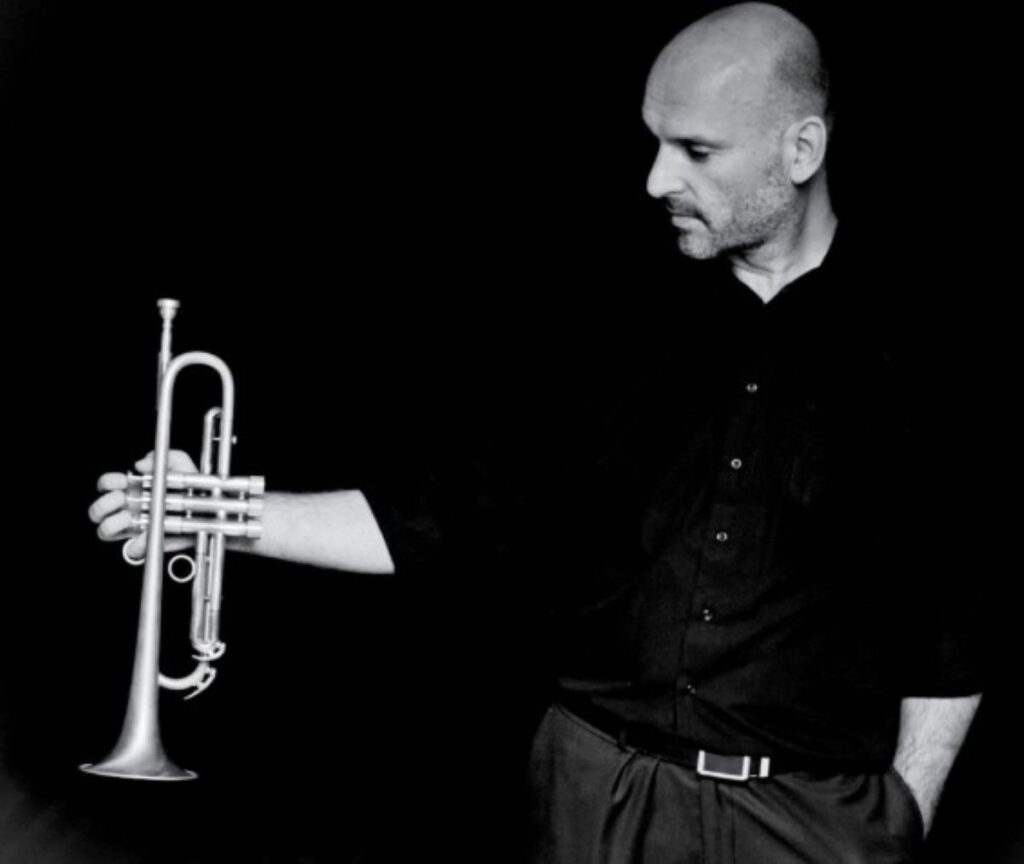
You give space for collective improvisation. It seems simple, but it isn't, right?
Exactly. Collective improvisation requires a high level of musicianship and awareness. It’s not just about playing freely-it’s about listening, reacting, and shaping form in real time. You need shared references, a mutual sense of direction, and the discipline to contribute meaningfully. We work hard on this, both individually and as a group, so that when we improvise collectively, it becomes a structured, communicative act rather than chaos.
Freedom has always been a key element of jazz. How do you approach it as a composer and player?
Freedom is fundamental, but for me, it’s never the starting point. I begin with structure-forms, harmonies, orchestrations—and then create space within that structure for freedom to emerge. I’m not interested in freedom for its own sake, but rather in how it can serve the music. As a composer, I try to leave room for the musicians to shape the piece with their own voices. As a player, I see freedom as a responsibility-to express something honest and relevant within the moment.
MAO uses instruments not typical in big bands. Is this influenced by classical music, or were you searching for new colours?
Both. I grew up with classical music as part of my musical education, and I’ve always been fascinated by orchestration. The symphonic palette-French horn, tuba, flute, bass clarinet-offers textures and colours that traditional big bands don’t typically explore. But I wasn’t interested in simply copying the sound of an orchestra. My goal was to expand the expressive possibilities of the jazz big band and make it capable of subtler, more nuanced soundscapes. These instruments bring lyricism, darkness, and warmth that suit our compositional direction.
That said, unfortunately for this performance in Liptovský Mikuláš, we’re coming only with a seven-piece ensemble. While we won’t bring the full orchestral palette, the core creative voices of the Modern Art Orchestra will be there, and we will still aim to present a rich and diverse musical experience.
In what other ways has classical music influenced you?
Beyond instrumentation, classical music has shaped my thinking about form, contrast, and development. Composers like Bartók, Ligeti, or Messiaen had a structural vision that I find deeply inspiring. I also value their precision and depth. Classical music gives me tools to organize and extend musical ideas over longer durations, which is crucial in large ensemble work.
Is it an advantage for a jazz musician to have classical training?
Definitely. It’s not mandatory, but it gives you more tools. Classical training develops your ear, your technique, and your understanding of musical structure. In my composing, you can hear classical influences in the harmonic language, orchestration, and sometimes in the architectural layout of the music. But jazz brings the fire and spontaneity-that’s equally essential.
Bartók is a key inspiration for you. What makes his music special?
Bartók managed to combine intellectual rigor with raw emotion. He was a scientist and a poet at the same time. His deep connection to folk music and his ability to abstract it into modern art is unique. I’m inspired by his rhythmic complexity, modal harmony, and how he used dissonance expressively. His music has a sense of inevitability-everything feels necessary. And, as you said, it transcends boundaries, much like jazz.
You’ve reimagined Bartók’s Fifteen Hungarian Peasant Songs. What was important in connecting the contemporary and the traditional?
Respect. I didn’t want to deconstruct Bartók’s work but to enter into dialogue with it. The original songs remain intact, but the instrumentation and improvisation add new dimensions. I wanted to highlight the timelessness of his music. When tradition is approached with honesty, it can become contemporary without losing its essence. The key is not to force relevance, but to trust in the strength of the original material and bring yourself into the process.
Is jazz open to other genres?
Absolutely. Jazz has always borrowed and transformed-from blues, classical music, Latin traditions, pop. It thrives on openness. Our own work crosses many boundaries: we’ve collaborated with classical musicians, poets, visual artists, even dancers. The big band setting is surprisingly flexible when the musicians are open-minded. That’s why we can maintain a contemporary sound while staying within a traditional format.
Your Legendary Albums series evokes the spirit of old recordings. What’s different in jazz today?
Actually, our Legendary Albums series isn’t about studio recordings-it’s a live concert series that reinterprets milestone jazz albums from the past. We faithfully adopt the instrumentation and structural elements of the original records, but the interpretation and creative content are entirely our own. It’s not about reproducing the past-it’s about engaging with it in a way that’s meaningful today.
We don’t aim to mimic Miles Davis or Thelonious Monk, for example, but rather to understand their artistic decisions and then respond to them with our own voice. The original material becomes a starting point for dialogue, not imitation. This process reflects how jazz itself has always worked: learning from tradition, then transforming it through personal expression.
Besides music, you also study Eastern philosophy and yoga. Can we truly integrate those ideas into Western life?
That’s a deep and difficult question. I don’t claim to fully understand Eastern philosophies, but I try to learn from them. The values of awareness, non-attachment, discipline, and compassion resonate with me. I don’t think we can become Eastern in our mindset, but we can adopt practices that make our Western lives more balanced and conscious. Music, for me, is one way to bridge those worlds.
Your album Foundations – Yamas and Niyamas is clearly rooted in yoga philosophy. Was it a dream fulfilled?
Yes. That album was a very personal project, and I wouldn’t have dared to make it earlier. It took years of reflection, learning, and the right collaborators. A big band with a long history can afford to explore deeply personal ideas, because the trust is there-among the musicians and with the audience. It’s a risk, but a meaningful one.
Some big bands still sound like Ellington or Gil Evans. With MAO, I don’t feel the need to compare. What creates your originality?
Thank you, that’s a huge compliment. I think our originality comes from commitment to process. We don’t rush things. Every program is developed over time, often with the composers present throughout. We don’t rely on nostalgia or pastiche. Instead, we try to express who we are, here and now, through our shared musical language. That’s what keeps it honest and alive.
You will soon perform in Slovakia with a smaller ensemble. What program will you bring?
We’re bringing a selection from our Hungarian Legacy repertoire, which features original compositions inspired by Hungarian composers like Bartók, Kodály, Liszt, Ligeti, Erkel, and Eötvös. The pieces are written by members of the Modern Art Orchestra and performed in a septet formation-the creative core of the ensemble. It’s a deeply personal take on Hungarian musical identity, voiced through jazz.
Zuzana Vachová
| Vyberáme z nášho kalendára
Viac z kalendára10.
októbra
Hudba
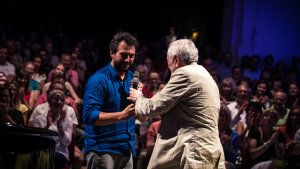
LASICA PÍŠE ČEKOVSKÉMU
10.
októbra
Hudba

LASICA PÍŠE ČEKOVSKÉMU
10.
októbra
Balet
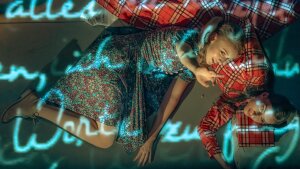
Ondrej Šoth, Zuzana Mistríková: DENNÍK ANNY FRANKOVEJ
10.
októbra
Činohra
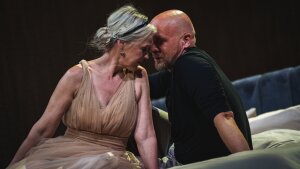
Marina Carr: DIEVČA NA OLTÁRI
11.
októbra
Hudba

LASICA PÍŠE ČEKOVSKÉMU
11.
októbra
Opera
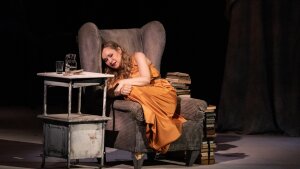
Jules Massenet: WERTHER
12.
októbra
Opera
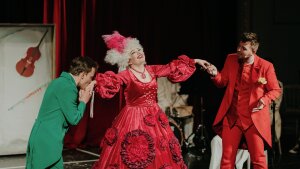
ORCHESTRÍČEK
12.
októbra
Činohra
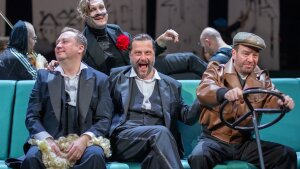
Bertolt Brecht: PÁN PUNTILA A JEHO SLUHA MATTI
14.
októbra
Opera
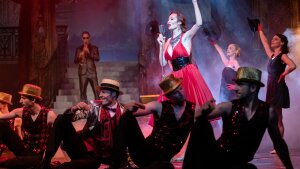
Emmerich Kálmán: VOJVODKYŇA Z CHICAGA
15.
októbra
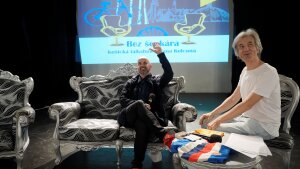
Košická Talkshow Milana Kolcuna
| Hudba, výtvarné a tanečné umenie
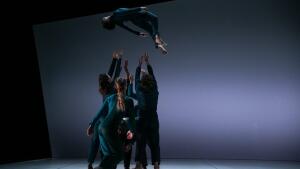
Od Lucindy Childs po meme kultúru: Bratislava v pohybe ukáže tváre dnešného tanca
Medzinárodný festival sú...
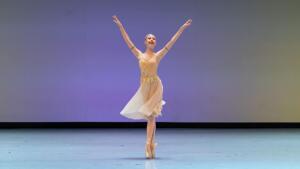
TKEJ: oslava umenia pohybu a formovanie pedagogickej tradície
Záverečné predstavenie...
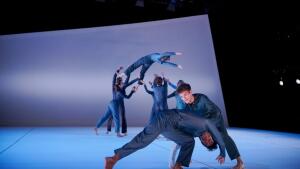
Ocenená tanečná inscenácia odštartuje 29. ročník Bratislava v pohybe
Medzinárodný festival...
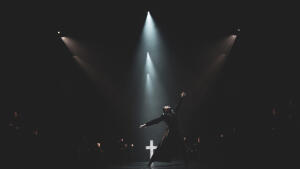
Svetoznámy Győrsky balet opäť v Divadle Nová scéna
Presne po roku prichád...
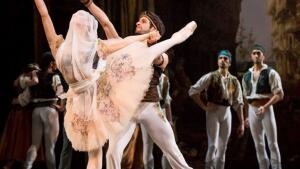
Hviezdy svetového baletu na javisku Národného divadla Košice
Výnimočný večer, počas...
| Divadlo a film
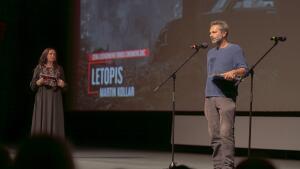
Cinematik 2025 spoznal víťazov jubilejného ročníka
Medzinárodný filmový f...
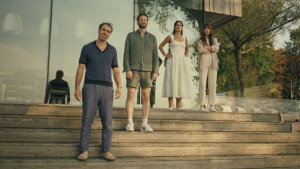
Snímka Otvorené vzťahy na Cinematiku a v kinách
Takmer romantická komé...
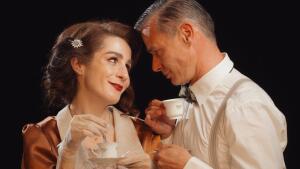
Sezóna v košickom divadle Thália s mottom: Ale občas počujem čas
Premiérou kabaretného pre...
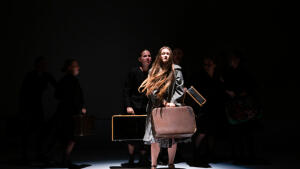
Inscenácia, ktorá pozýva k objatiu
Ako by vyzerala vojna,...
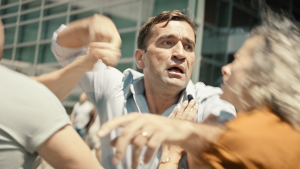
Film Otec môže zachrániť ľudské životy
Po uvedení na prestížn...
